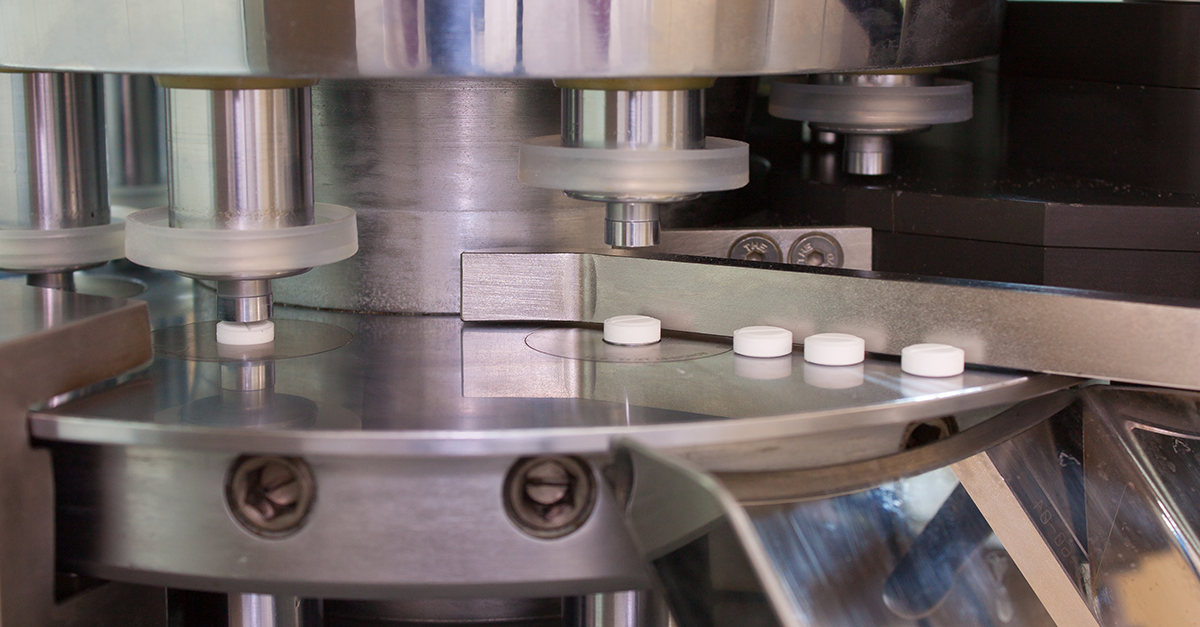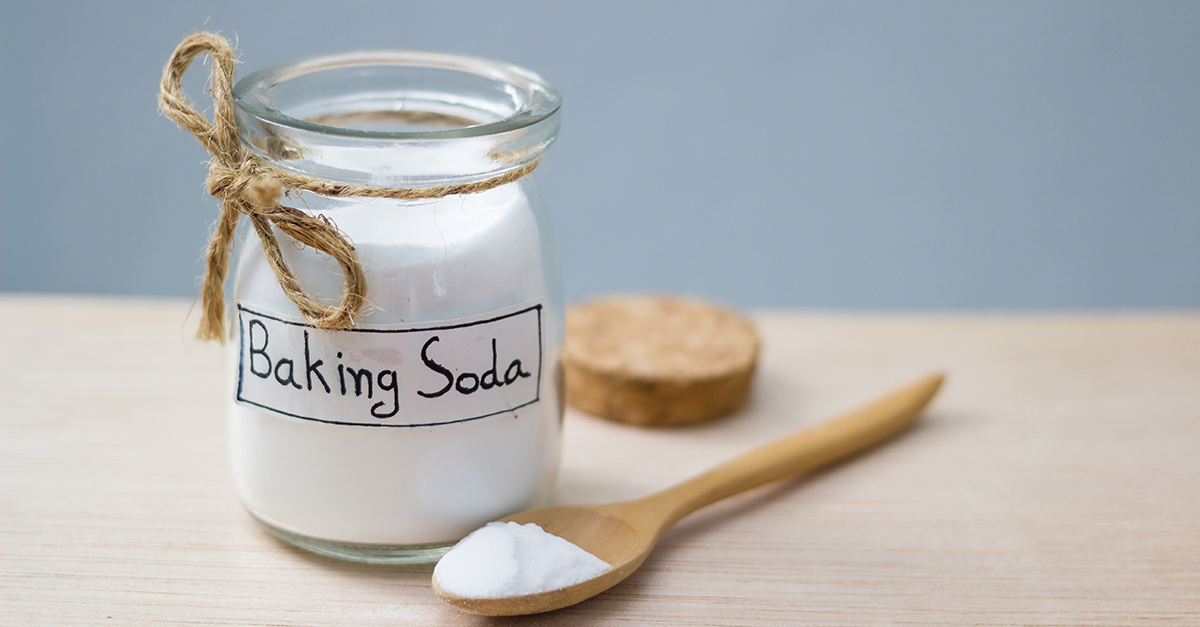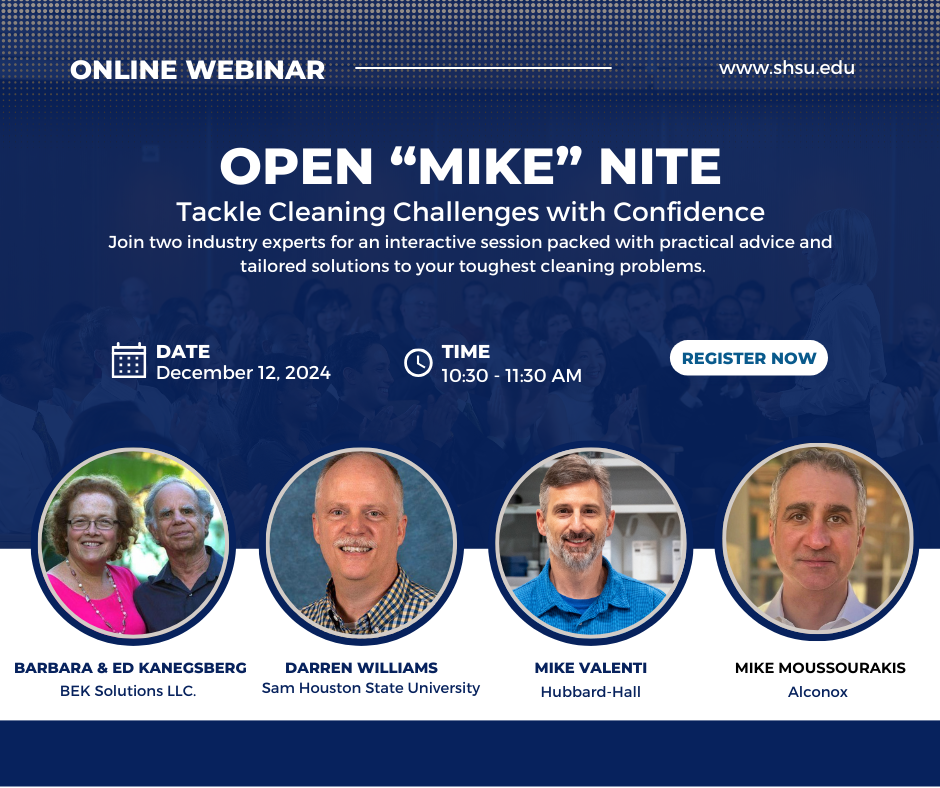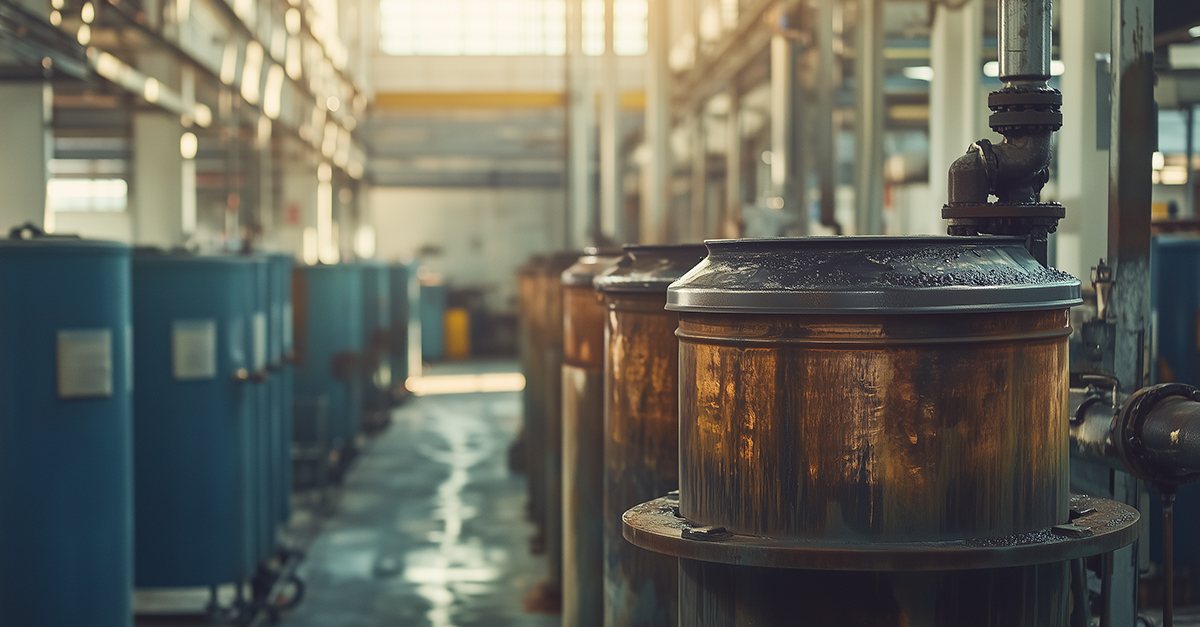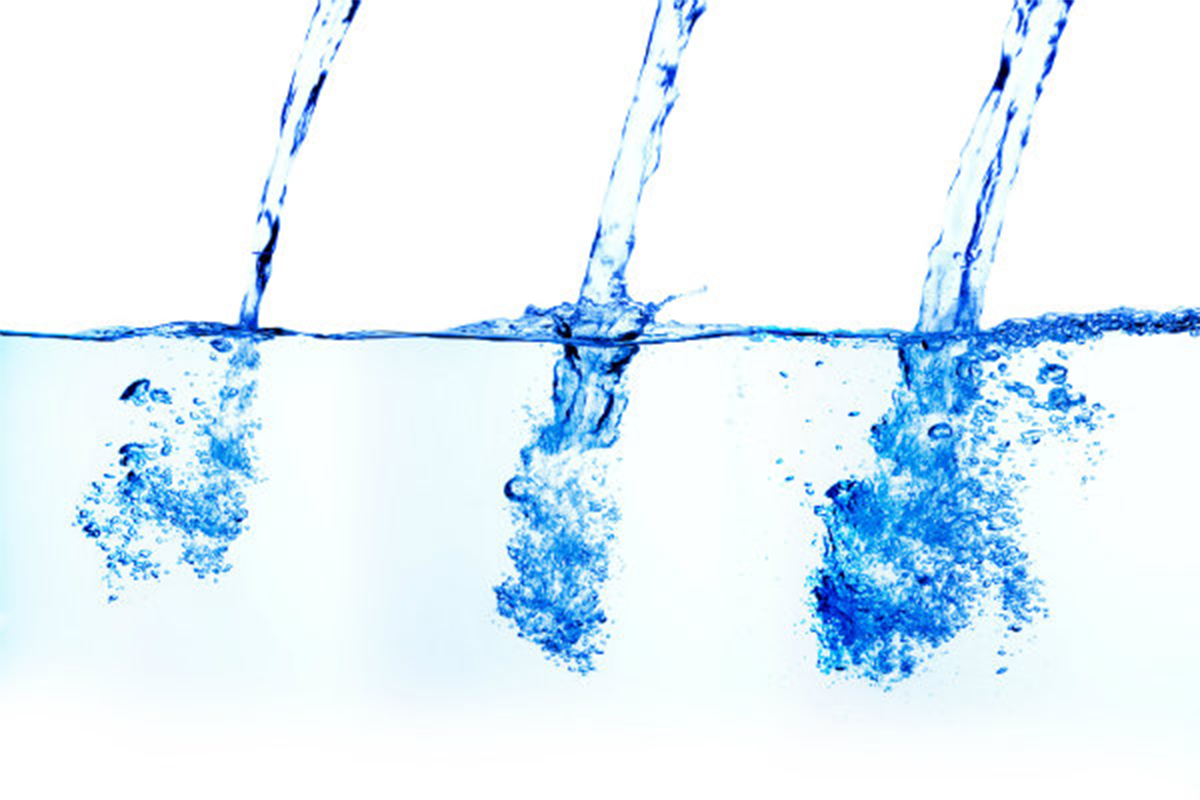
Q. Is there any industry guidance on triple rinsing that Alconox Inc. recommends? Could you provide me with any literature that you know of that this is the accepted standard for manual cleaning?
A. To our knowledge, there are no authoritative source documents to define how many times you should rinse glassware. There are lab accreditation guidelines that say you need to rinse thoroughly, but the thoroughness is traditionally not specifically defined.
Various college and university glassware washing procedures that call for rinsing three times (triple rinsing). We are also aware of historical documents published by early participants in using detergents to clean laboratory glassware from lab glassware manufacturers that recommend triple rinsing. Most modern guidelines call for sufficiently cleaning glassware and “thorough” rinsing to meet the cleanliness needs to avoid cross contamination at the levels required for the analysis being performed.
The logic behind a triple rinse is that in filling and emptying a vessel three times with water, each time you are diluting by 2 orders of magnitude. In theory you may leave 1% of whatever was in the vessel each time you empty it, so a 1:100 dilution with fresh rinse water occurs at each rinse. A triple rinse results in a 6 orders of magnitude reduction of such water soluble residues that might have been present in the dirty wash solution.
In general this will get most residues down below 1 part per million (ppm), on the theory that if a residue started as the whole dirty solution (1,000,000 ppm) and is reduced by 6 orders of magnitude it winds up as 1 ppm. Of course no residue is the entire dirty wash solution, so whatever was in the wash solution winds up below 1 ppm. For most routine lab and general analytical procedures, triple rinsing is sufficient. It is not unusual to do 2 rinses in tap water and a final rinse in deionized, distilled or reverse osmosis water. Needs/requirements vary on your regulated industry.
For trace analytical lab work it is not at all unusual to rinse more than 3 times. For trace analysis with limits of detection (LOD) on the order of parts per billion (ppb), you would typically rinse 6 times, and would use very high purity water to rinse with. By the same token, trace analysis with LOD on the order of parts per trillion (ppt) you would rinse 9 times. Some procedures call for rinsing 12 times, again with extremely high purity water.
A twelve time rinse is the highest level of laboratory rinsing we are aware of that occurs on any kind of routine basis. A twelve time rinse has been the highest standard of rinsing for at least a decade or more.
Note that rinsing can also be very effectively achieved by putting glassware under running water that flushes out residues. As an empirical generalization, a rinse that flushes each surface of a piece of glassware for at least 10 seconds can be roughly equivalent to a triple rinse. Rinsing is largely a mass displacement event. You are removing bound up residues in the now dirtied detergent solution and carrying them off of the surface, leaving behind a residue free substrate.
In a static soak, impingement force is negligible (basically zero), and the mass transfer is relegated to residue diffusion and solubility of the residue into the bulk rinse. Flushing, in contrast, presents a far greater impingement force, and vastly increases the water flux across the glassware surface. The higher water flux (volumetric water flow per surface area per time) provides a more effective flush as the surface is presented with a constant and larger amount of clean rinse water in a given time period.
We are always pleased to discuss further. Our glassware cleaning video provides some excellent visuals and is often used as part of an SOP for the above discussed rinsing procedures.
To request any Alconox Inc. detergents for free, please complete the questionnaire at Get Sample. For more information about any one of our Alconox Inc. detergents, consult the technical bulletin for each product. Or click here to access each of our detergent’s Safety Data Sheets.
Do you have a critical cleaning question for the experts at Alconox, Inc.? Search TechNotes to see if it’s been answered before or Ask Alconox.
